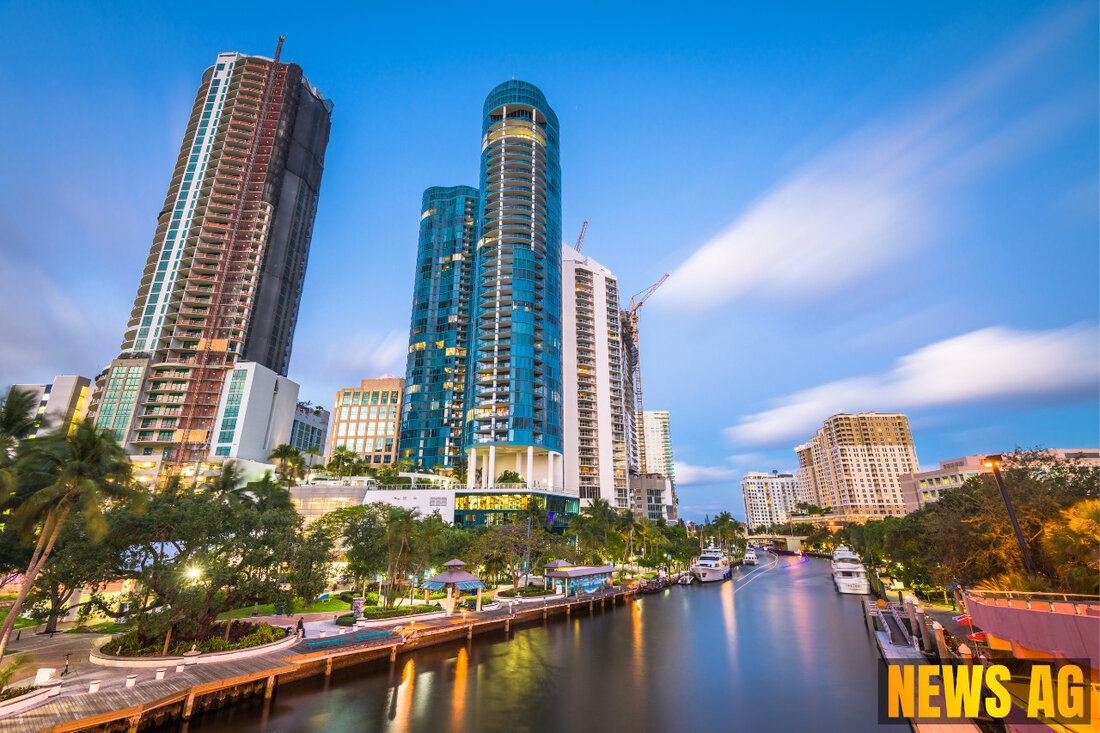Florida's $2.35M Project Revives Lake Kissimmee for Endangered Snail Kite
Florida's FWC invests $2.35M in Lake Kissimmee's restoration, enhancing habitats for wildlife and boosting fishing tourism.

Florida's $2.35M Project Revives Lake Kissimmee for Endangered Snail Kite
In a transformative effort, the Florida Fish and Wildlife Conservation Commission (FWC) is rolling out its largest revegetation project yet, investing a hefty $2.35 million over the next two years in the restoration of native plant communities at Lake Kissimmee. This ambitious project is crucial not just for the local ecosystem but also for the anglers and wildlife enthusiasts who make the lake their home away from home.
Lake Kissimmee, a prime spot for fishing, hunting, and wildlife viewing, serves as a critical habitat for the endangered Everglade snail kite. These remarkable birds have faced numerous challenges, including the decline of aquatic grasses due to invasion by exotic apple snails, hurricanes, and water level stabilization. Recognizing these threats, the new restoration program aims to enhance water quality and enrich habitats crucial for an array of fish and wildlife such as waterfowl and Florida bass. According to Tampa Free Press, since 2017, more than 686,000 native aquatic plants have been planted, including significant numbers of maidencane, Egyptian paspalidium, and bulrush.
A Boost for the Everglade Snail Kite
The Everglade snail kite, which has been listed as endangered since 1967 due to habitat loss, has shown signs of population recovery. The FWC noted an increase in nesting numbers recently, with a recent total of 278 nests across the state reported in 2019—though this still pales compared to record highs of 852 nests in 2016. Nesting sites illustrate that these birds are adapting to shifts in their environment, with some even moving to new territories, such as Payne’s Prairie Preserve State Park, where 73 nests were recorded in 2023. This adaptability is partly due to the snail kite’s unique diet, which now includes larger invasive snails besides their primary food source of native apple snails, as highlighted by USA Today.
However, the FWC’s plan includes careful considerations regarding the use of herbicides for aquatic weed control. While some conservationists express concern about the potential impact of these chemicals on wildlife, including the Everglade snail kite, the FWC insists these applications are aimed at fostering better habitats for the birds. With an annual budget of $17 million dedicated to combatting invasive plant species, the focus remains firmly on creating a healthier environment for all wildlife.
Restoration Efforts in Progress
Looking to the future, the current restoration wave includes the planting of an additional 534,545 grasses and bulrushes along Lake Kissimmee’s shorelines and around Brahma Island, alongside the introduction of 1,100 wetland trees. These efforts not only support existing wildlife but also attract more species, including the ever-elusive snail kite, which has been spotted using the newly planted trees as nests. Melissa Tucker, FWC’s Division of Habitat and Species Conservation Director, has emphasized the vital role of these native aquatic grasses in maintaining healthy freshwater ecosystems.
As the FWC’s initiative unfolds, it aligns with the broader Kissimmee Chain of Lakes Fish, Wildlife, and Habitat Management Plan, developed collaboratively with stakeholders. The careful planning and implementation of these restoration efforts signal a commitment to nurturing Florida’s natural treasures. With the proactive involvement of communities and government agencies, it’s evident that the heart of Florida’s ecosystems is not just surviving but thriving. For those who hold Lake Kissimmee close to their hearts, there’s something to be said for it—this restoration effort is indeed a step in the right direction.
For more information on the Everglade snail kite, you can delve into detailed accounts on FWC’s Wildlife Habitats.
